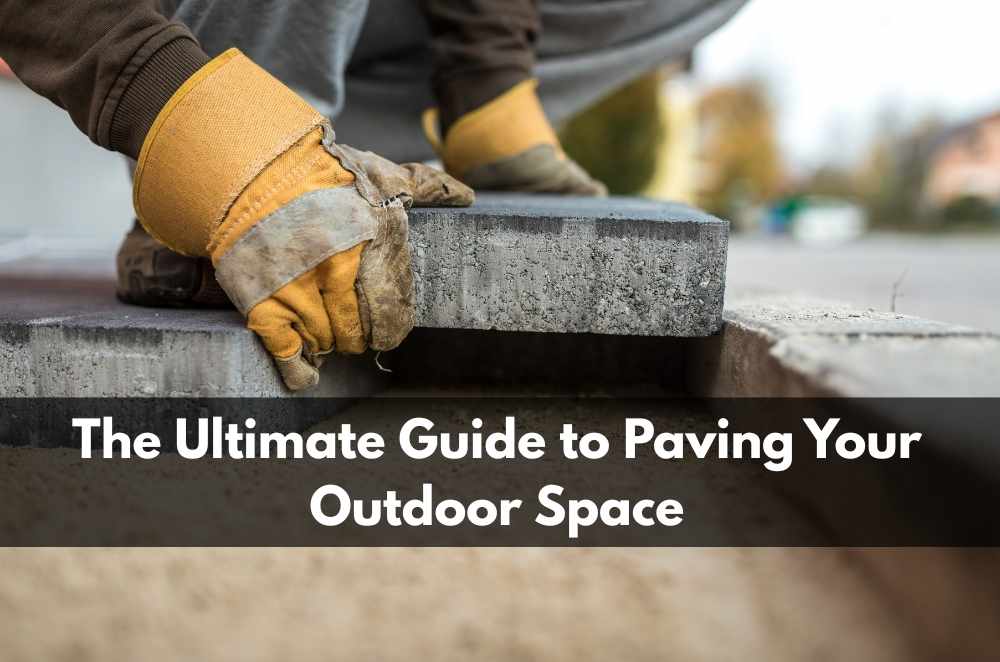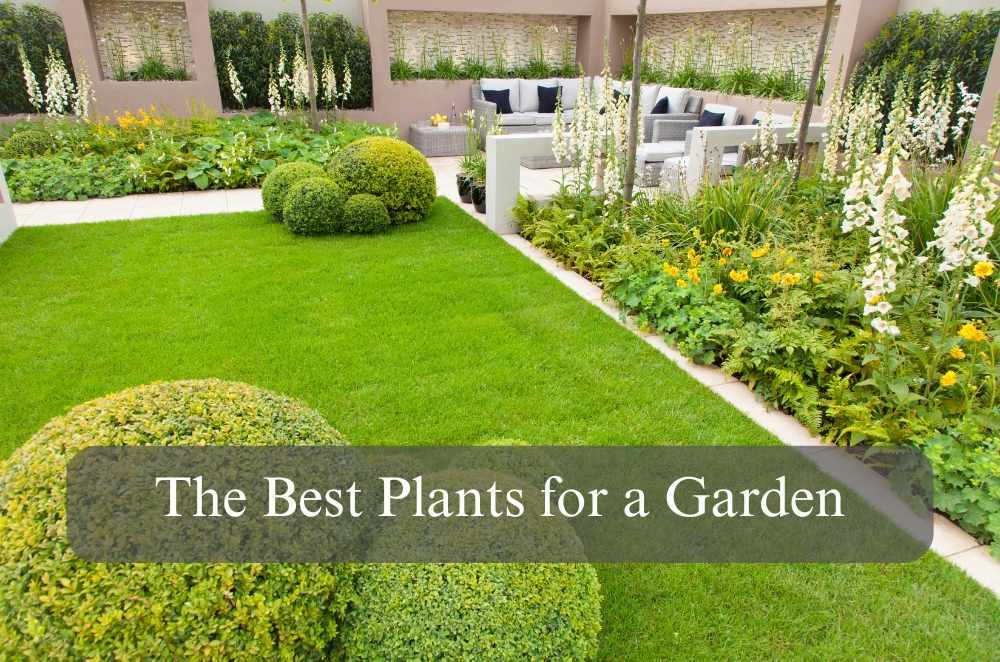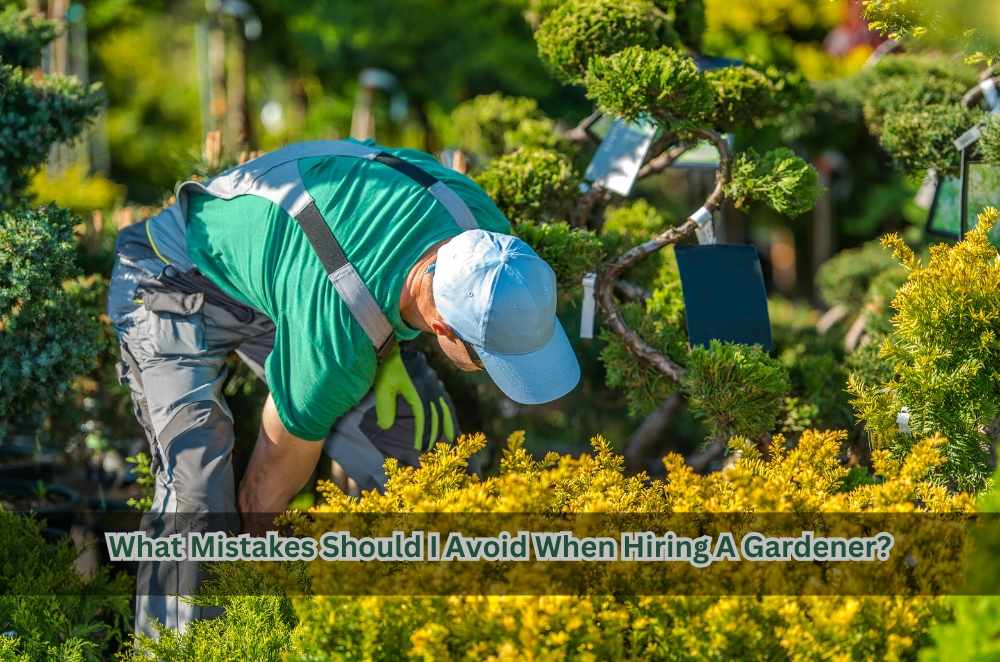
I didn’t give much thought to mulching until I moved into a house with old gums and a couple of sick-looking citrus trees. I kept searching “tree mulching services near me” but never actually booked anything — just assumed it was for people with fancier gardens. Turns out, professional tree mulching probably would’ve saved me a lot of guesswork early on.
Because what looked like a tired yard was really just a dry one. Bare soil, exposed roots, weeds popping up around everything. I thought I was watering enough. I wasn’t.
What mulch actually does (that you don’t see)
People think mulch is just for show. Makes the garden look tidy and covers the dirt. Sure — it does that. But the good stuff happens underneath.
When done properly, mulching:
Holds onto moisture
Shield roots from crazy heat
Slows down weeds
Feeds the soil as it breaks down
Stops topsoil from washing away in storms
After laying down bark chips and watching the soil stay damp longer, I realised I’d been wasting water before. Mulch just makes things work better, especially when you’re trying to keep trees alive through summer.
How to know your garden’s asking for mulch
It doesn’t usually shout. But there are clues:
You water... and the ground still cracks a day later
Trees drop leaves early or don’t flower much
Roots are sticking up, or the base of the tree looks bare
Weeds everywhere
You’ve got mushrooms, but nothing else is thriving
One of my neighbours had a lemon tree that stopped fruiting for a year. Turned out the roots were exposed, and the soil was bone dry under the top layer. A quick mulch job, and it came back hard the next season.
What kind of mulch is best?
There’s no one answer here. It depends on what you’re working with. For trees, organic mulch is usually best — bark, leaf litter, wood chips. It breaks down slowly and feeds the soil.
Some folks like gravel or rubber mulch for low-maintenance areas, but for actual plant health? Stick with organic.
And don’t go nuts with depth. Too thin won’t do much. Too thick, and you suffocate the roots. Aim for 5 to 10 centimetres — enough to cover, but still let the ground breathe.
Also, avoid those tightly packed, perfect mulch rings around trunks. You want a bit of space so moisture isn’t trapped right up against the bark.
The classic mistakes (and how to dodge them)
I’ve seen this more than once — someone dumps a massive mound of mulch straight onto compacted, dry soil. Then wonders why nothing improves.
Here’s where people go wrong:
Volcano mulching (stacking it up against the trunk)
Wrong mulch (like fresh grass clippings that go slimy fast)
No prep (mulching over weeds or dead soil)
Forgetting to top it up (most mulch needs refreshing every 6–12 months)
If you're hiring someone, make sure they know how to avoid these. Or read up first. It’s easy to get it wrong, but also easy to fix.
Why mulch really matters here in Australia
Our weather is rough on the soil. Summer sun bakes it, heavy rain washes it out. And trees, especially young or shallow-rooted ones, cop the worst of it.
That’s where mulch comes in — it regulates. It helps the roots ride out the swings between dry spells and downpours.
According to the Australian tree management guidelines, mulch is a key part of protecting urban trees and reducing stress in changing climates.
Also worth noting: Mulch protects against erosion. If your place is on a slope or gets a lot of runoff, it helps keep the soil where it belongs.
When should you get it done?
You don’t need to wait until things look dire. But some of the best times are:
Before summer
After planting
Following pruning or tree work
If the soil looks tired or cracked
When weeds start getting out of control
If you’re asking Do I need mulch, the answer is probably yes. It’s one of those things where early action saves you more work down the track.

Quick example: what happened at my place
Last spring, I had two trees looking pretty rough — a crepe myrtle and a peach. Leaves curling, weeds choking the base. Soil felt like brick underfoot.
Booked a local team. They came in, cleared out the junk, loosened the surface, and mulched with a eucalyptus blend. The whole job took under two hours.
A few months later? New leaves, fewer weeds, less watering needed. One job, big result. Wish I’d done it sooner.
It’s not just good for trees — it looks clean too
Aside from the health benefits, mulch gives your yard a bit of polish. You get that nice even surface under trees, no patchy dirt, fewer weed zones.
It’s also a good move if you’re thinking about native plantings or trying to reduce water use. A lot of sustainable landscaping relies on smart mulch choices.
If you’re curious, check out this deeper piece on the benefits of mulch for sustainable landscaping.
A few tips if you're doing it yourself
Clear weeds first
Water the soil lightly before mulching
Keep mulch at least 10 cm away from the tree trunk
Don’t use super-fine mulch that compacts too fast
Top it up once a year, twice if it breaks down quickly
Also, don’t just buy what’s cheapest at the hardware store. Ask around or get a local supplier who understands what works for your area.
Final thoughts: don’t wait until your trees start failing
Mulching is one of those things that seems too easy to matter. But when you skip it, the damage builds slowly — dry roots, stunted growth, stressed soil.
If you’re already searching for help, you’re halfway there. Whether you’re doing it yourself or hiring a crew, just make sure it’s done right.
And if you're still not sure how often to do it or what mulch to choose, you might find this helpful: How mulching supports tree health in Australia.
Trust me — it’s one of the simplest ways to turn a dry, tired garden into something thriving again.









Write a comment ...